There are a few vital truths to every office-based job. First, there are going to be "busy work" moments, from meetings to admin tasks to minor side-quest-style projects that add to the company in some small way but otherwise feel like a waste of time.
Second, as human beings, we all need breaks to restore our mental focus, so a person who occasionally scrolls through their personal email, sends a few texts to a friend, or even scrolls Instagram for a few minutes, will likely be more productive than those who attempt to lock in and do nothing but their job throughout their entire shift.
But no matter what his preferred working style was, TikToker Tim Lee felt pressured by his company to really stay focused, because the remote worker discovered that his company was tracking his work productivity and time management.
This wasn't through a clock-in app or time management sheet, either. The program that he had to log into for work automatically would take a screenshot of everything that was on his screen every 10 minutes.
This allowed the company not only to freely see what an employee had up on their screen at any given time, but it would allow them to monitor how long it was taking an employee to complete a task by comparing one screenshot to the next.
You can watch the video here:
@timleesblee not complaining about time tracking, but gah damn is this where the future of work is headed?
Some were alarmed by the video and demanded that Lee call out the company.






Others agreed and found this to be an extremely toxic form of micromanaging.






While clocking in and even using time management apps has been a common feature of many workplaces—and particularly workplaces with remote options—for a long time, taking screenshots of an employee's workspace is new and most certainly feels invasive, if not dystopian as well.
This might just be a very extreme case of micromanaging and toxicity in the workplace, which employees may need to push back on at some point to preserve their sense of privacy and identity within their chosen workspaces.

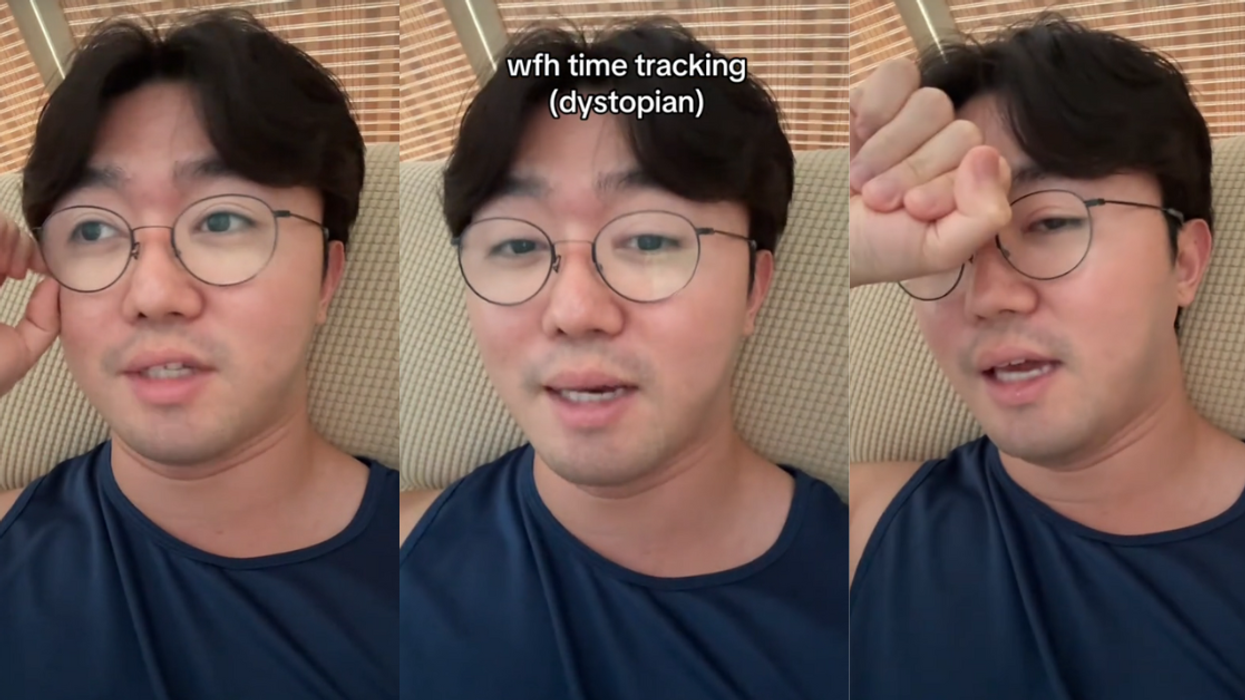


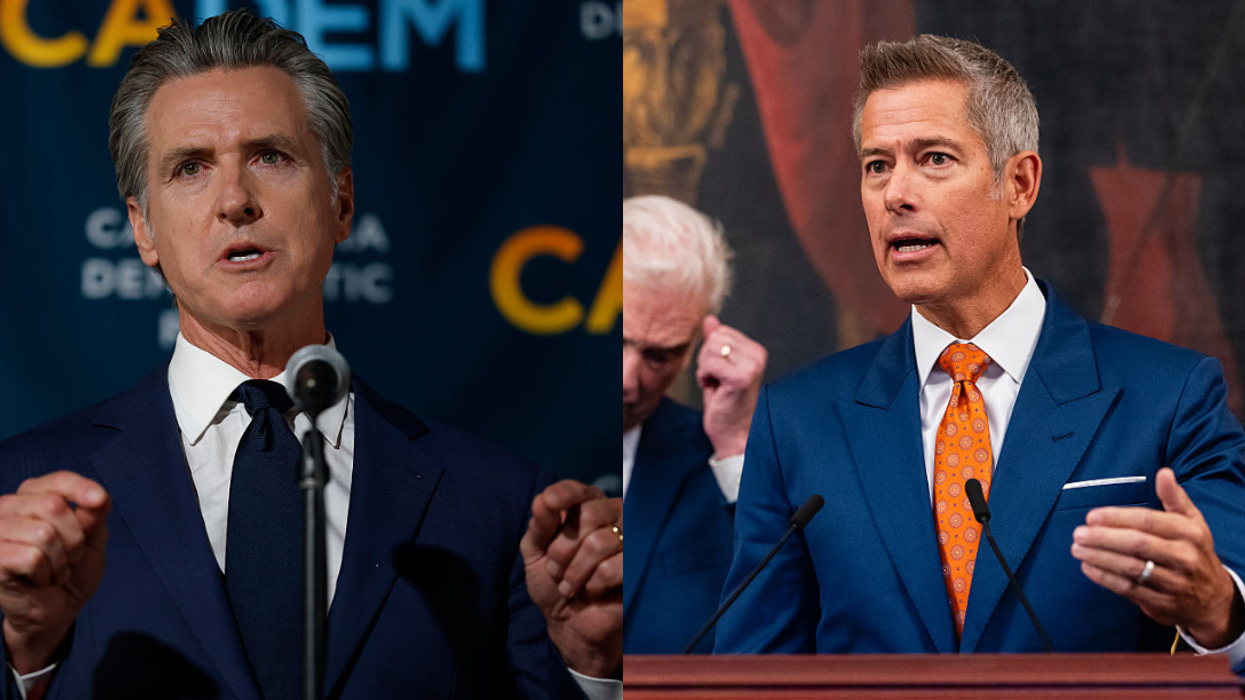

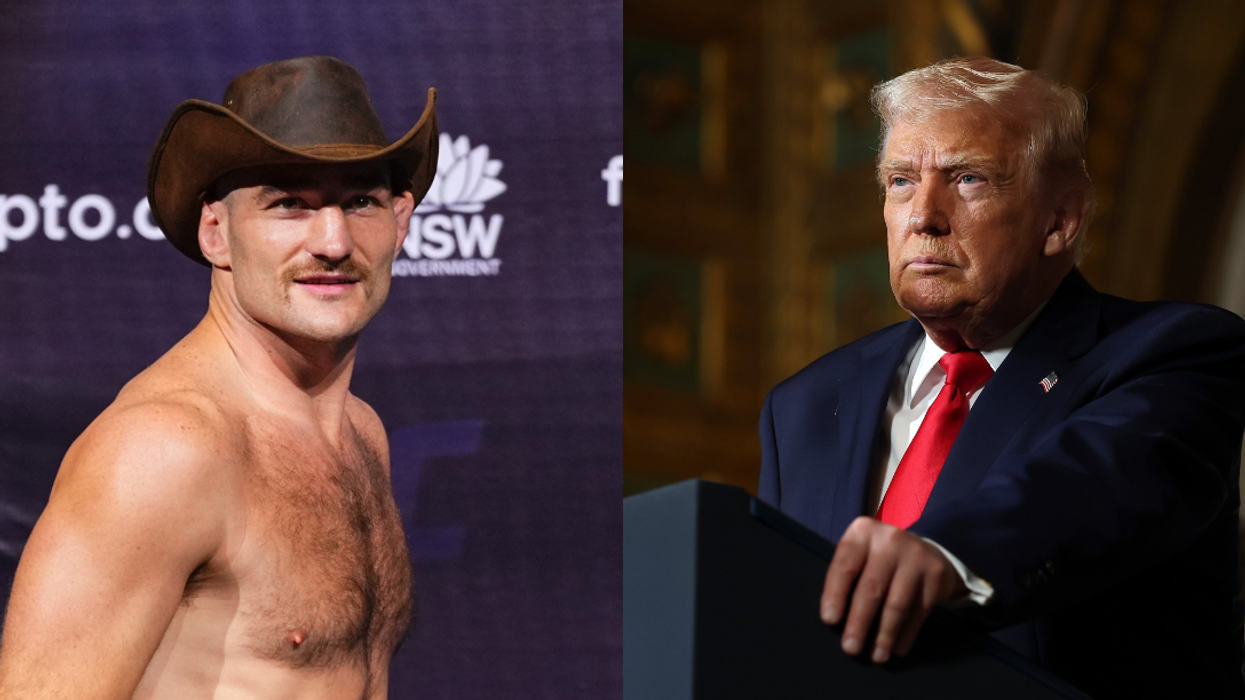


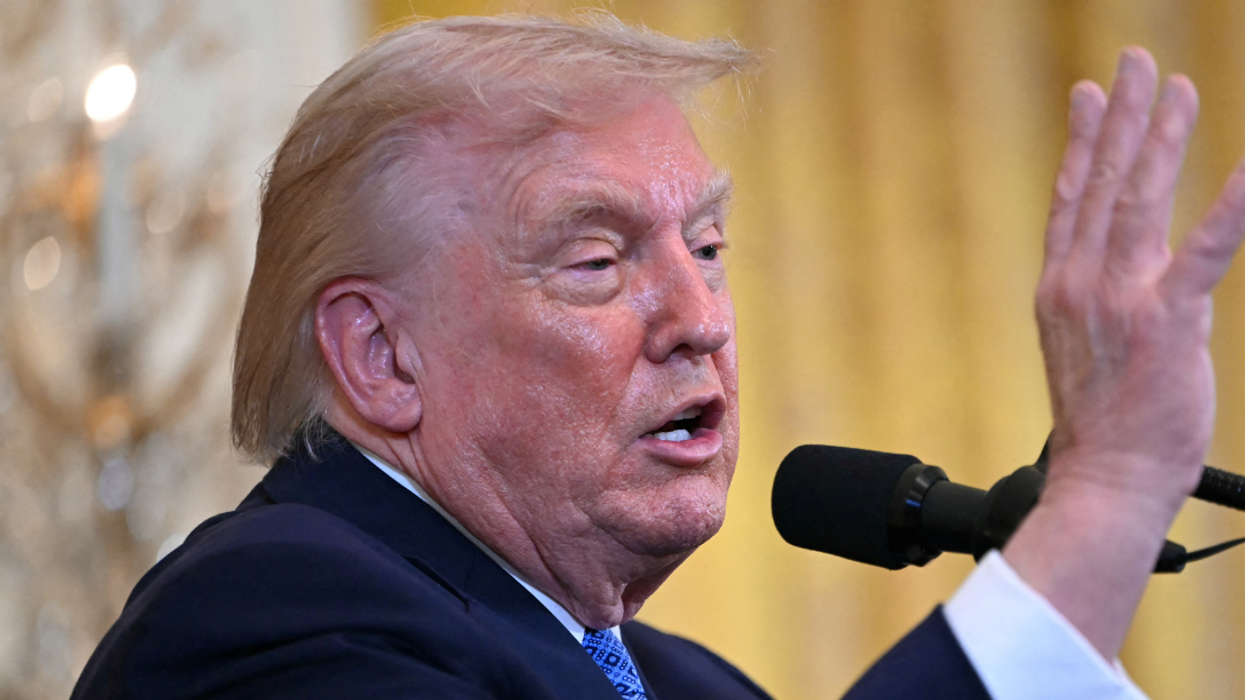
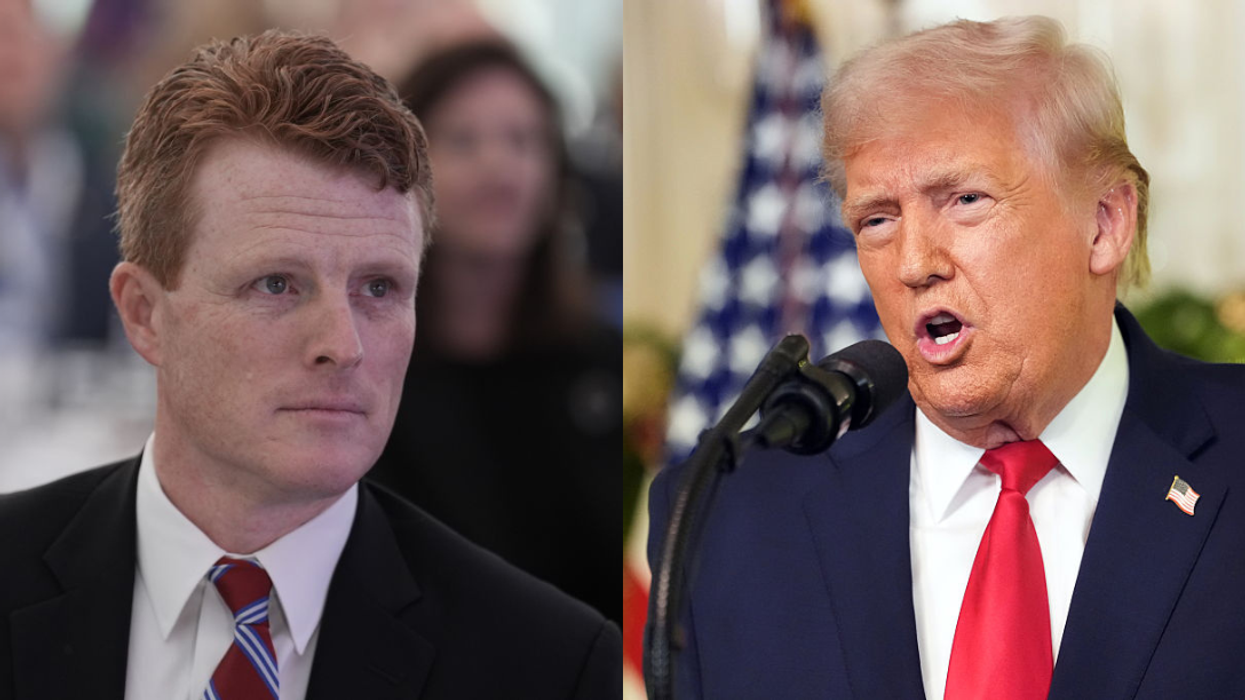
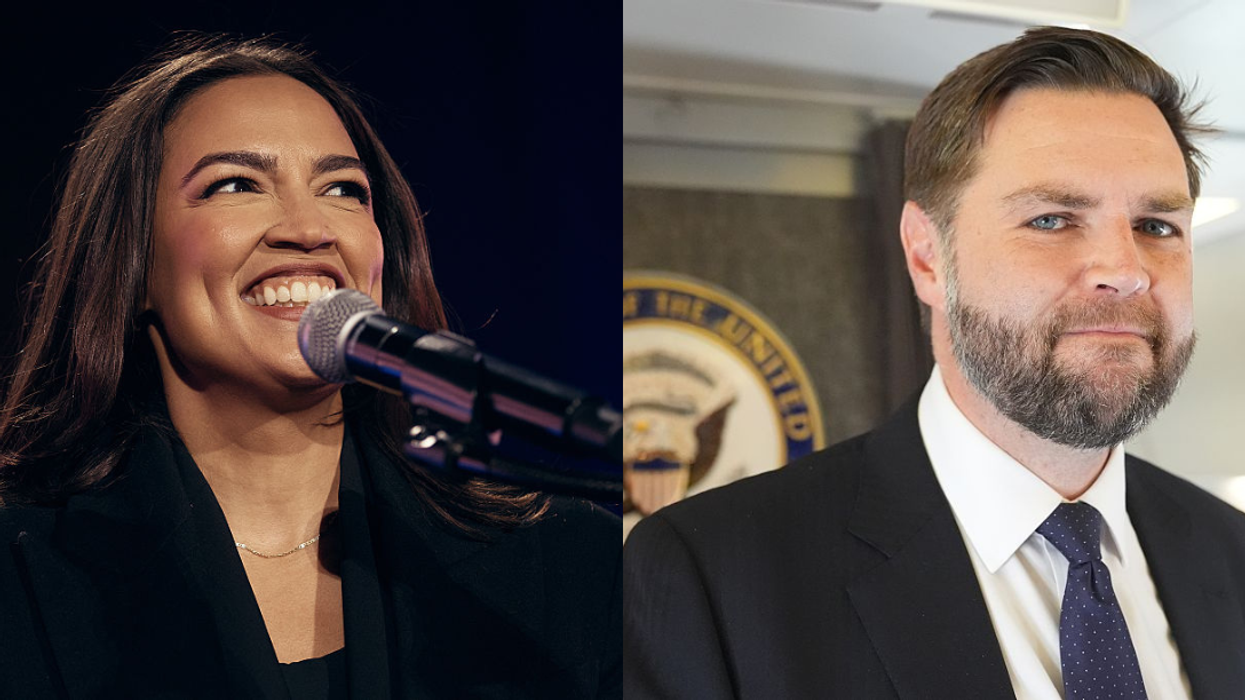
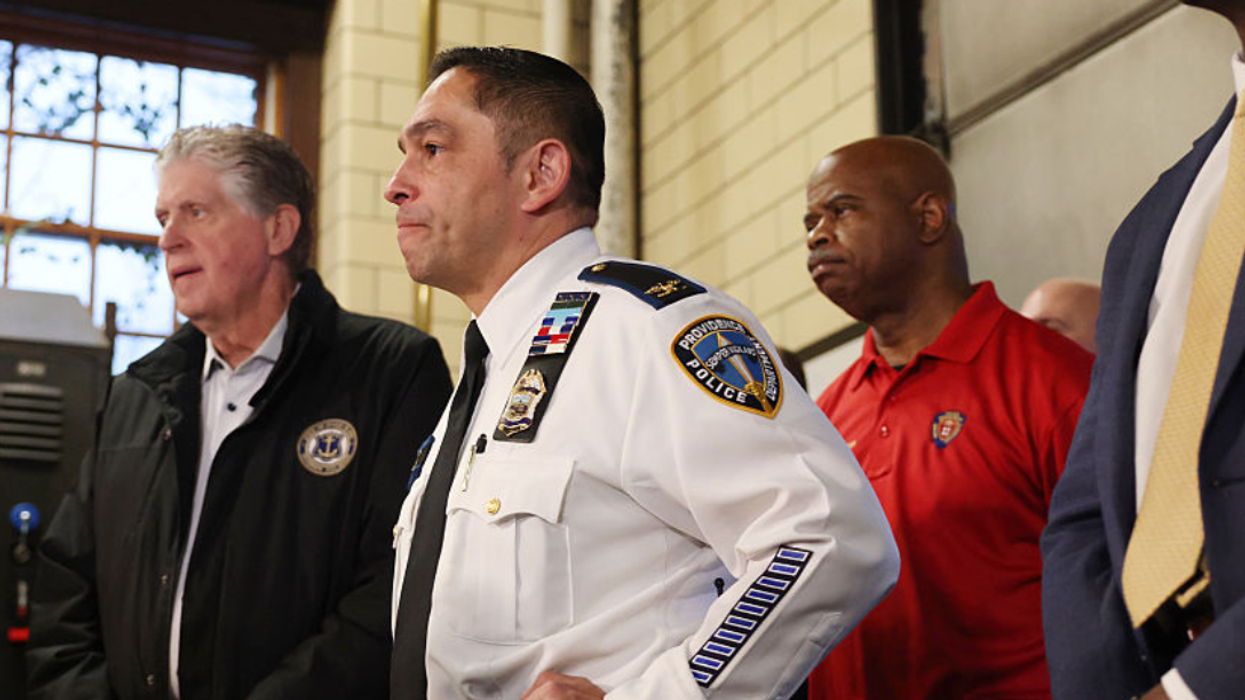

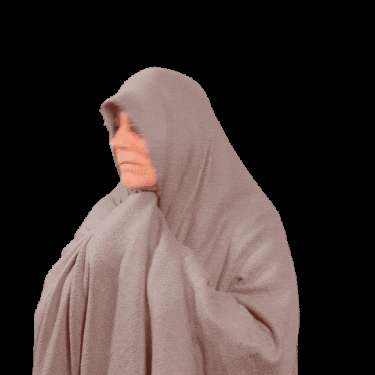 Hide Blanket GIF by Instanietje
Hide Blanket GIF by Instanietje  Foam Reaction GIF
Foam Reaction GIF 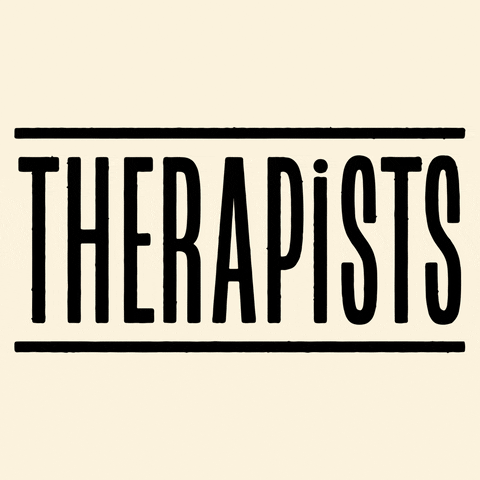 Mental Health Therapy GIF by All Better
Mental Health Therapy GIF by All Better 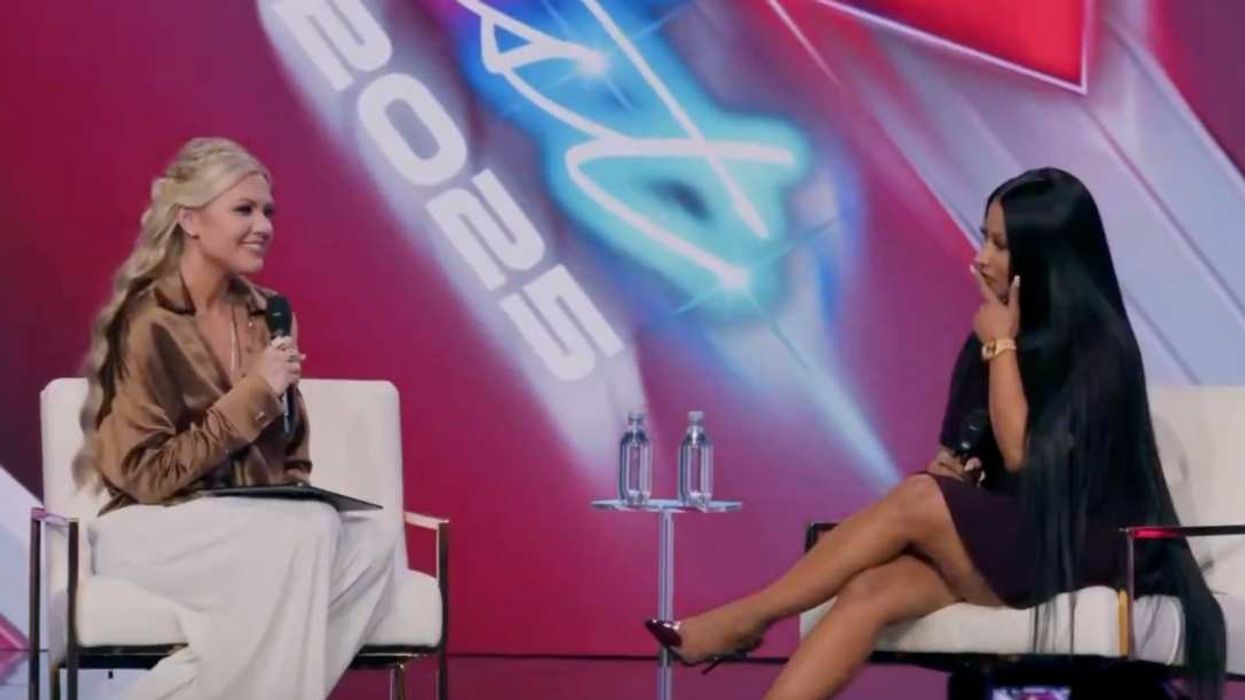

 Friday Driving GIF by FIA World Rally Championship
Friday Driving GIF by FIA World Rally Championship  episode 11 bad food GIF
episode 11 bad food GIF 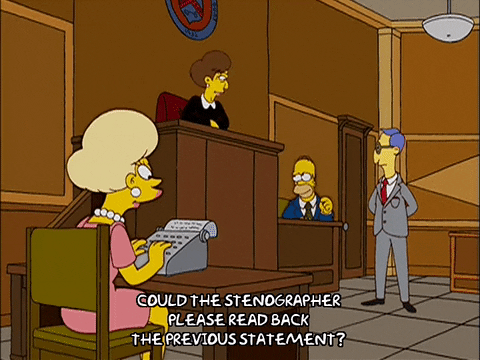 talking homer simpson GIF
talking homer simpson GIF 
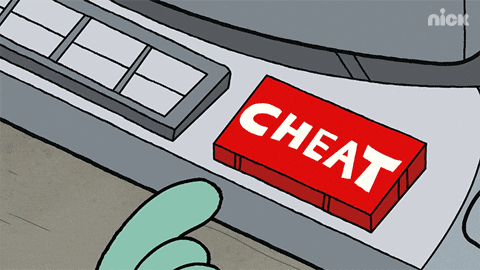 Cartoons Button GIF by Nickelodeon
Cartoons Button GIF by Nickelodeon 
 @DanTML_/YouTube
@DanTML_/YouTube @voeqx7894/YouTube
@voeqx7894/YouTube @hendrxx9593/YouTube
@hendrxx9593/YouTube @anakinskywalker8877/YouTube
@anakinskywalker8877/YouTube @getshiddonn/YouTube
@getshiddonn/YouTube @sachmanyo/YouTube
@sachmanyo/YouTube